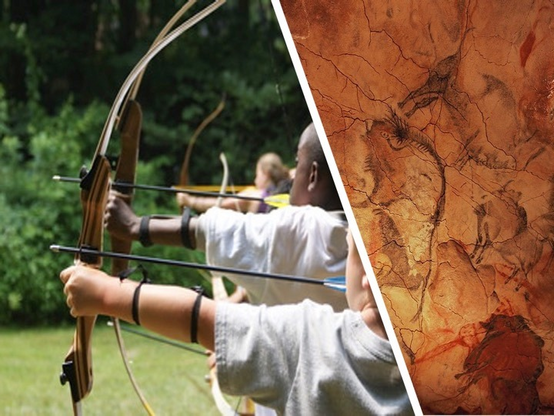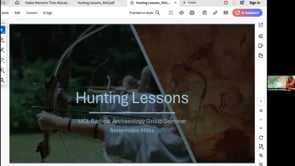Recent searches
Search options
FREE community #fediscience, please BOOST!
Everybody welcome, just turn up!
TONIGHT!!
Tuesday, day before Dark Moon
Jan 28, 18:30 (London UTC)
LIVE @UCLanthropology and on ZOOM
Annemieke Milks
'Hunting lessons: how forager kids learn(ed) to hunt'
Hunting played a key role in human evolution, including in the development of human life history. As a complex skill, hunting likely involved a long learning period to develop competencies. Archaeological evidence of learning this skill includes hunting gear, butchered prey, and art, yet many of these data would be lost to time because the elements are either organic and don’t preserve, or are intangible. Ethnographic data can help us to fill in these gaps including how children and adolescents might have developed embodied skills which would have allowed them and their communities to survive and thrive.
In this talk leading archaeologist Annemieke Milks gives an overview of some relevant archaeological and ethnographic records of the hunting activities of forager children and adolescents, and explores commonalities and divergences. While the ethnographic data are significant, particularly in understanding the importance of play, practice, teaching and language, the archaeological record has its own unique stories to tell, which may not have perfect analogies amongst recent foragers.
Annemieke will be speaking LIVE in the Daryll Forde, 2nd Floor of UCL Anthropology Dept, 14 Taviton St, London WC1H 0BW. Come in good time by 6:30pm before doors close please. You can also join on ZOOM ID 384 186 2174 passcode Wawilak.
Our Zoom recording for #AnnemiekeMilks
Super review of #archaeology and #ethnography of children learning foraging skills
We got name checked as Radical Archaeology Group !




